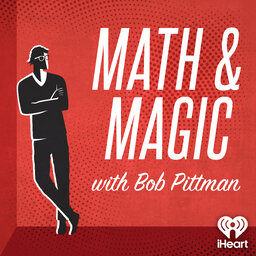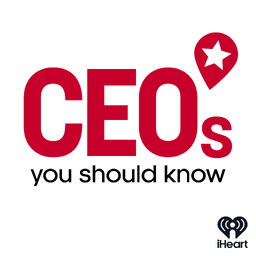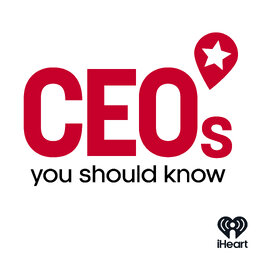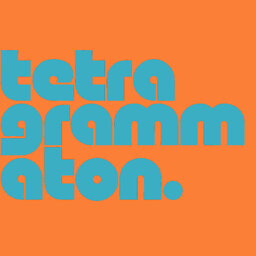It isn’t hard to call Fred Seibert a creative genius: from his early role in shepherding the look of MTV and crafting a brand image for Nickelodeon, to running Hanna-Barbera, to commissioning some of Cartoon Networks most iconic modern cartoons (Powerpuff Girls! Johnny Bravo!), Fred knows how to bottle Magic. But a big part of his secret is applying Math to the mix. Tune in as he reveals how to spot talent, the secret to great logo design, and why creatives need to count more
Learn more about your ad-choices at https://www.iheartpodcastnetwork.com
 Math & Magic: Stories from the Frontiers of Marketing with Bob Pittman
Math & Magic: Stories from the Frontiers of Marketing with Bob Pittman


